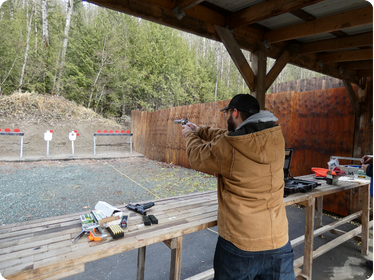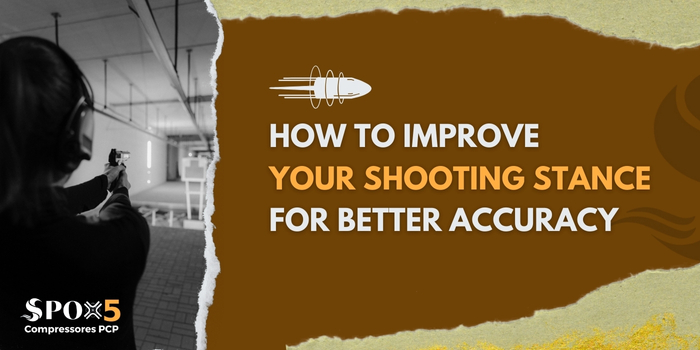Your shooting stance is the foundation of every shot you take. Whether you’re hunting, plinking, or target shooting, a stable stance improves accuracy, control, and safety. The good news? With a few adjustments and consistent practice, you can greatly enhance your shooting performance.
1. Why Your Shooting Stance Matters
Think of your stance as the roots of a tree—without strong roots, the tree sways in the wind. Similarly, a weak stance makes it harder to control your aim and absorb recoil. A solid stance improves balance, reduces fatigue, keeps your sight alignment steady, and increases shot consistency.
2. Choosing the Right Stance
There are several stances you can adopt depending on your shooting style and environment. The isosceles stance places your feet shoulder-width apart with both arms extended toward the target, offering great stability for beginners. The weaver stance has one foot slightly back with bent knees and a push-pull grip, giving better recoil control. For long-range precision, the prone stance—lying on your stomach with the rifle supported—offers maximum stability.
3. Building a Stable Stance
To develop a proper stance, start by positioning your feet shoulder-width apart for balance, staggering them slightly if you’ll be shooting for extended periods. Distribute your weight evenly but lean slightly forward so it rests on the balls of your feet. Maintain a firm grip without tensing your muscles, and keep your elbows close for rifle shooting. Finally, focus on breath control—inhale, exhale slowly, and pause before squeezing the trigger.
4. Common Stance Mistakes to Avoid
Many shooters lose accuracy by leaning too far back, locking their knees, or placing their feet too close together, which reduces stability and increases recoil impact. Another common error is gripping the gun too tightly, which can cause muscle tremors that disrupt aim.
5. Practice Tips for Perfecting Your Stance
Improvement comes through consistent practice. Dry firing with an unloaded gun helps develop muscle memory without wasting ammunition. Filming yourself allows you to spot and correct form issues, while practicing in different environments—such as uneven terrain—prepares you for real-world scenarios. Using printed targets can help track how stance adjustments affect accuracy over time.
6. The Role of Air Supply in Consistent Shooting
For PCP (Pre-Charged Pneumatic) air gun users, a consistent air supply is vital for accuracy. Reliable equipment, such as the SPOX5 C3 PCP Compressor, ensures your rifle is always at optimal pressure, allowing you to focus entirely on stance and technique without worrying about air running out mid-session.
Final Thoughts
Perfecting your stance takes patience, awareness, and regular practice. With a strong foundation, every shot becomes more controlled, precise, and confident. Whether you’re preparing for a hunt or refining your skills at the range, your stance is the key to hitting your mark.

